Holiday at Grandma's House reading Exercise
Follow Elena as she spends her holiday at her grandmother's home, reconnects with an old friend, and discovers new memories in a familiar place.
Exercise Guide
How to complete:
Read the passages carefully and answer the comprehension questions. Pay attention to who is speaking, how the setting changes, and what motivates each character. When you finish, review the questions that felt challenging and reread the sentences that support the answers.
Success tips:
This story highlights descriptive language about family traditions, travel, and friendship. You will practice recognizing cause-and-effect relationships, identifying character feelings, and understanding how sensory details build atmosphere.
- Underline key phrases about time and place to track the sequence of events.
- Notice how dialogue reveals character emotions and motivations.
- Look for adjectives that describe sights, sounds, and smells at the grandmother's home.
- Connect each question to a specific sentence before choosing your answer.
- After reading, summarize each passage in your own words to confirm understanding.
Knowledge:
The passages build vocabulary for family gatherings, rural settings, and holiday traditions. You will practice reading skills such as inference, sequencing, comparing character perspectives, and interpreting figurative language about nature and memory.
Complete the Exercise
Reading Passage 1
Elena pressed her forehead against the train window and watched the city fade into rolling green hills. Every summer she visited her grandmother in the village of San Felipe, but this year felt special. Grandma had written that the lemon trees were heavy with fruit and the old swing on the porch had been freshly painted.
When Elena arrived, warm spice and citrus filled the air. She unpacked her suitcase in the guest room that overlooked the courtyard, then hurried to the kitchen. Grandma stood by the stove stirring a pot of cinnamon arroz con leche, humming the lullaby she used to sing when Elena was little.
As they set the table for dinner, Grandma mentioned that Maya, Elena’s childhood friend from the neighboring house, would be visiting the next day. Elena felt a spark of excitement and a flutter of nervousness. It had been three years since they last met, and she wondered if they would still laugh at the same stories.
What made this year’s visit feel special to Elena?
Focus on why the narrator thinks this trip is different.
Which sensory details greet Elena when she reaches the house?
Look for descriptive words relating to senses.
What tradition does Grandma continue in the kitchen?
Think about the actions that connect to Elena's childhood.
How does Elena feel about seeing Maya again?
Consider the narrator’s emotions in the third paragraph.
Where does Elena’s guest room face?
Locate the description of the room.
Reading Passage 2
The next morning Elena woke to the sound of roosters and the scent of baking bread. After breakfast she walked to the orchard, where the lemon trees stretched in neat rows. She reached up to pick a ripe fruit and heard the creak of the gate behind her. Maya stepped into view, now taller and wearing a straw hat speckled with flour from helping her own grandmother.
They ran toward each other and laughed as if no time had passed. Maya handed Elena a small jar of guava jam wrapped with a blue ribbon. The girls spent the morning checking the tree house they built years ago, brushing away cobwebs and weaving wildflowers through the railing.
By afternoon they were in Grandma’s kitchen, kneading dough for empanadas while sharing stories from school. Elena talked about her city robotics club, and Maya described the mural she was painting on the community center wall. Grandma listened with a smile, handing them aprons embroidered with their initials.
How does Maya make her entrance into the orchard?
Find the description of the moment Maya appears.
What gift does Maya bring for Elena?
Look for the specific item she hands over.
What do the girls do to the tree house?
Focus on how they care for the structure.
Which hobbies do the friends share during their conversation?
Review the afternoon scene in the kitchen.
What thoughtful gesture does Grandma make in the kitchen?
Look for Grandma’s actions while they cook.
Reading Passage 3
On the final evening of the holiday, Grandma hosted a small bonfire in the courtyard. Fireflies drifted over the lemon trees while neighbors arrived carrying woven baskets of corn tamales. Maya’s family joined them, and the two girls sat side by side on the porch steps, their hands sticky with roasted marshmallows.
As the flames faded, Elena and Maya traded tiny gifts: a bracelet of sea-glass beads from Elena’s city beach and a sketch of their tree house drawn in Maya’s swirling style. They promised to send messages every month, attaching photos of their latest projects.
The next morning Elena packed her suitcase with jars of jam, crocheted coasters, and the fragrant memories of the courtyard. She hugged Grandma and Maya tightly, knowing that even though the holiday was ending, their shared stories would keep them close until the next visit.
What event brings the families together on the last night?
Think about the community gathering described.
Which items do Elena and Maya exchange?
Look for the specific gifts mentioned.
How do they plan to stay connected after the holiday?
Find the plan the girls make for the future.
What souvenirs does Elena pack for the return trip?
Look for the list in the final paragraph.
What feeling does Elena carry with her as she leaves?
Consider the tone of the final sentences.
Reading Passage 4
A year later, Elena returned for another holiday, this time arriving with a sketchbook of city street scenes to share with Maya. On the first day back, Grandma suggested a walk to the Saturday market that lined the plaza, a twenty-minute stroll along cobbled lanes shaded by jacaranda trees. Elena and Maya linked arms, listening to the rhythmic clatter of horse carts and the distant strum of a guitarist warming up for the evening fiesta.
The market dazzled Elena with colors and scents. Vendors leaned over their stalls, calling out prices in friendly sing-song voices. One table displayed pyramids of dried chilies in crimson, amber, and chocolate brown; another offered woven shawls that shimmered with sunrise hues. At the spice stall, an elderly woman ground cacao nibs and cinnamon on a stone metate. She noticed Elena’s curiosity and invited both girls to crush roasted coffee beans, explaining how each aroma told a story about the hillside where it grew.
Maya led Elena to the back of the plaza where a fountain splashed silver arcs of water. There she introduced Elena to her new friend Diego, a local photographer who volunteered at the community art studio. Diego showed them a series of prints he took of market life—close-ups of laughing faces, textiles fluttering in the breeze, and farmers balancing baskets of guavas on their heads. Inspired, the trio decided to collaborate on a memory journal: Elena would sketch, Maya would paint, and Diego would contribute photographs.
As the sun dipped behind the hills, Grandma waved them over to a food stall run by Maya’s uncle. They shared plates of grilled corn dusted with lime salt, cups of sweet atole, and slices of papaya sprinkled with chili sugar. On the walk home, Elena felt the gentle tug of belonging; the village no longer felt like a temporary escape but another home woven into her story.
What new activity does Grandma propose when Elena returns a year later?
Focus on the beginning of the new visit.
Which sensory experience stands out at the spice stall?
Look for the details about smells and interaction.
Who is Diego and what does he contribute to the friends’ project?
Review the paragraph near the fountain.
What collaborative project do Elena, Maya, and Diego plan?
Identify the creative plan formed by the trio.
How does Elena feel during the walk home after the market?
Consider the emotions described in the final paragraph.
Share this exercise
Help others learn reading by sharing this exercise
Related Exercises
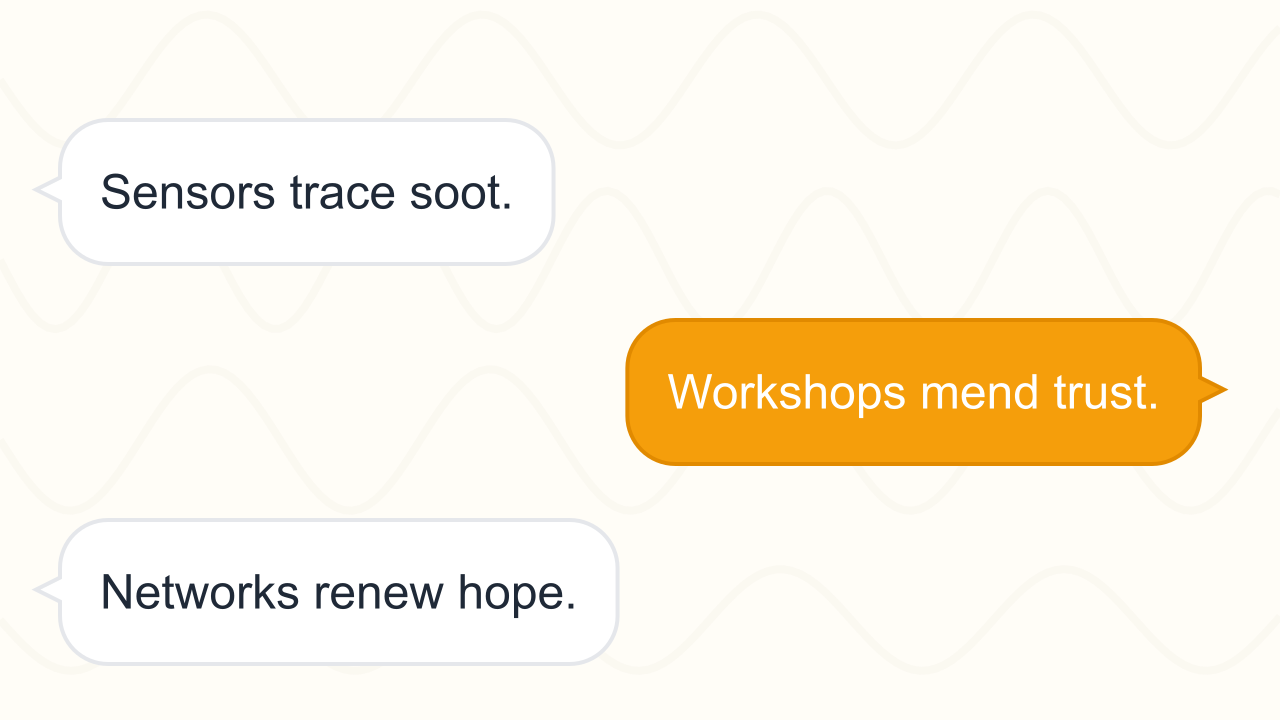
Designing Regenerative Networks for Future Neighborhoods
Trace how innovators, residents, and policymakers build interconnected solutions that cut pollution, expand recycling, and redesign everyday systems across six detailed case studies.
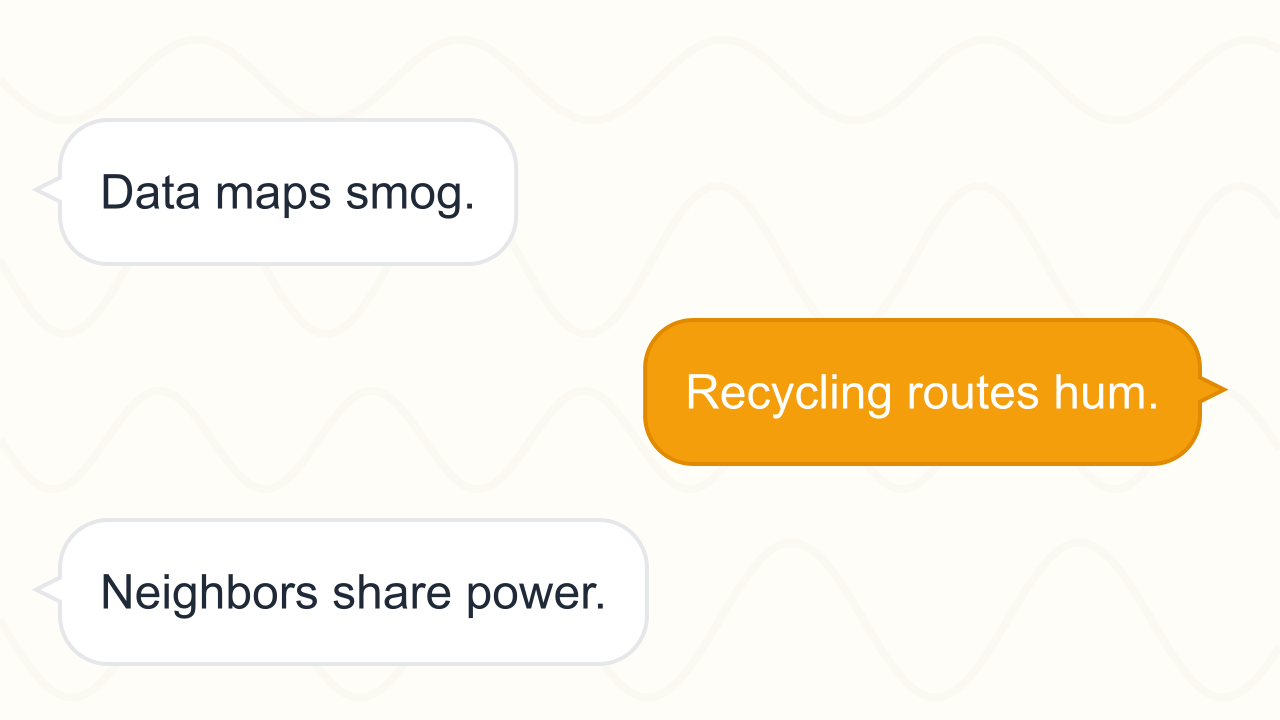
Clean Cycles for Tomorrow
Discover how neighborhoods reinvent waste systems, deploy new materials, and empower residents to shrink pollution footprints while expanding recycling access.
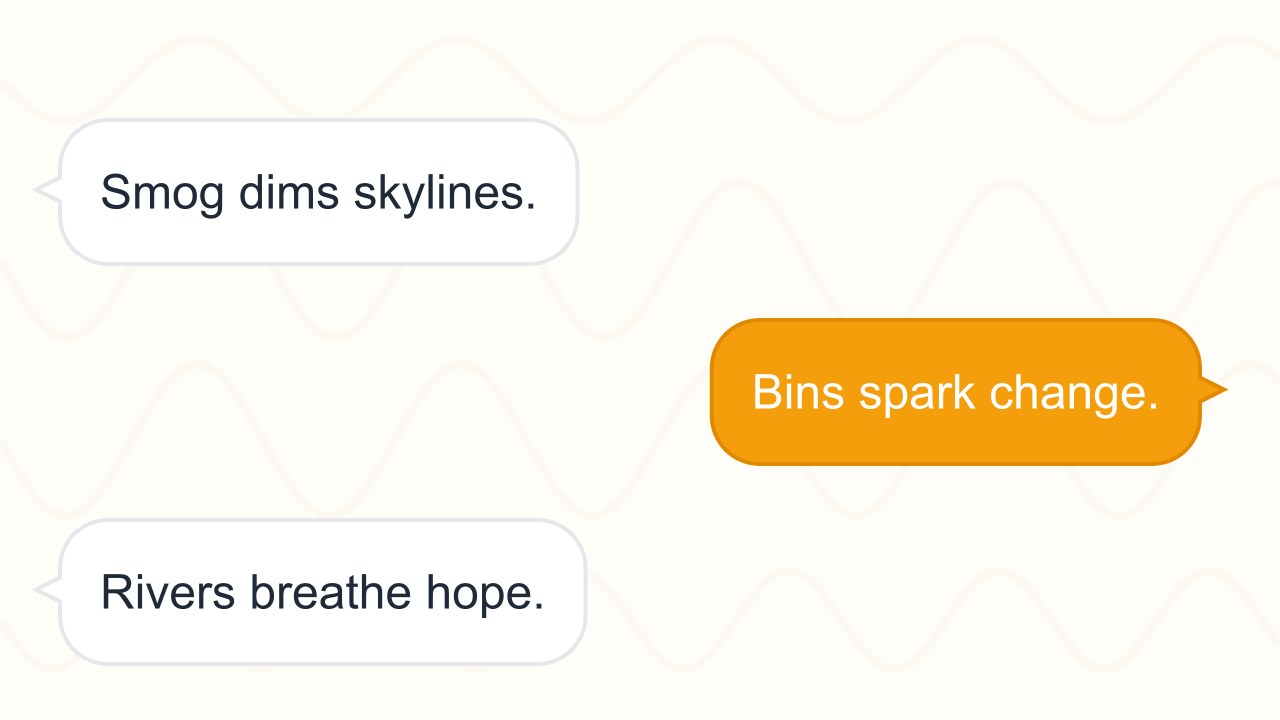
Pollution and Recycling: Restoring Our Cities
Explore how air, water, and waste pollution affect urban life, and examine the recycling innovations and community actions working to clean cities around the world.
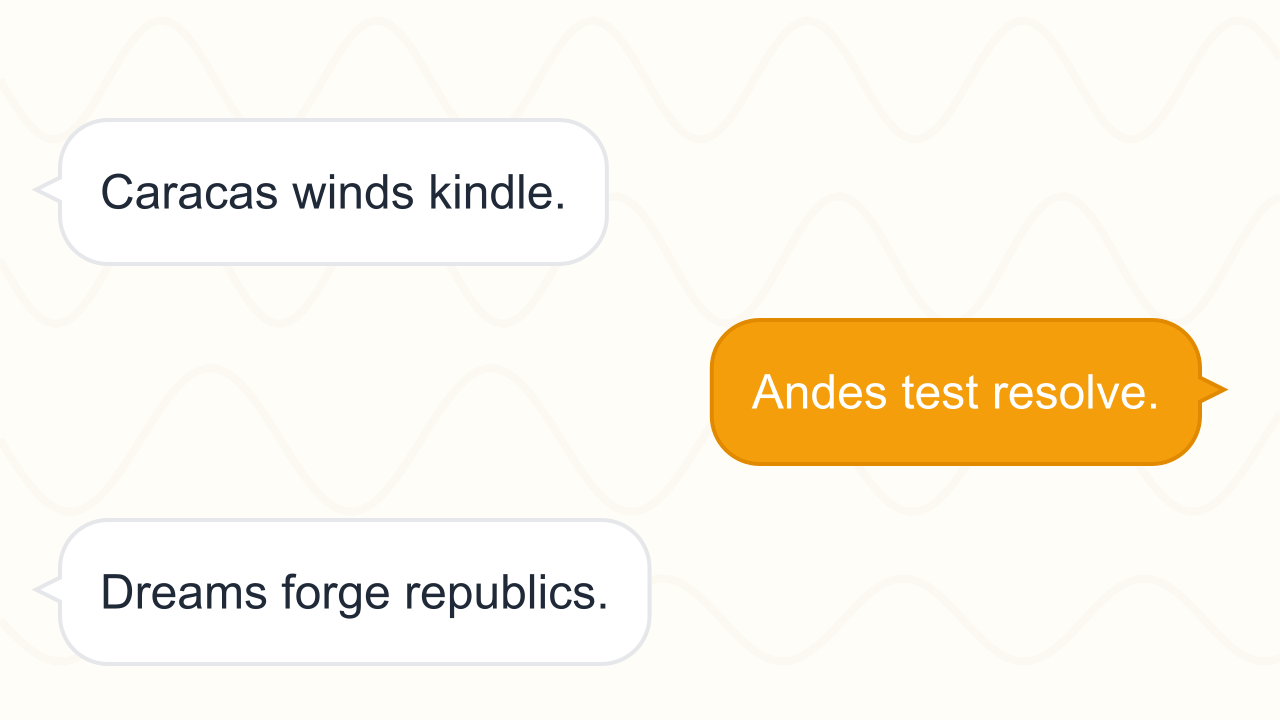
Simón Bolívar: Liberator of the Andes
Journey with Simón Bolívar from his Caracas youth through daring Andean campaigns and the struggle to define lasting republics across northern South America.
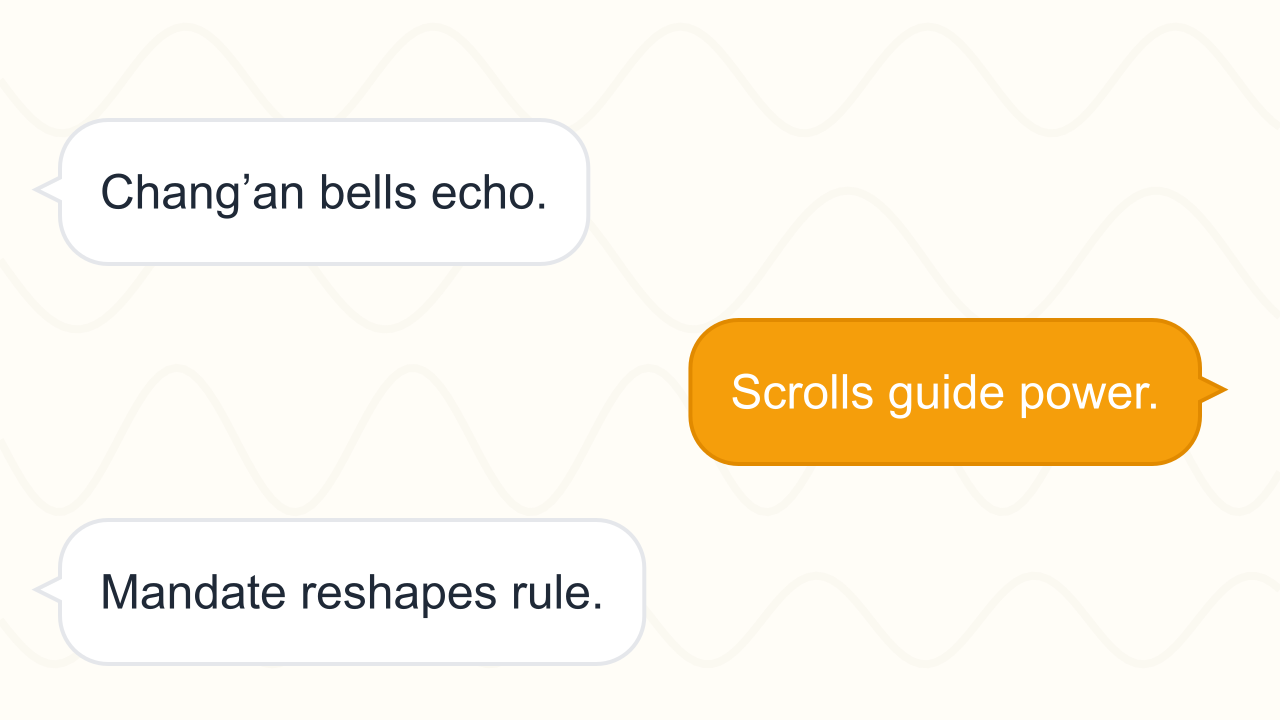
Wu Zetian: Mandate of the Tang
Follow Wu Zetian’s ascent from a palace attendant to emperor of the Zhou dynasty, examining how she wielded scholarship, alliances, and reform to shape eighth-century China.